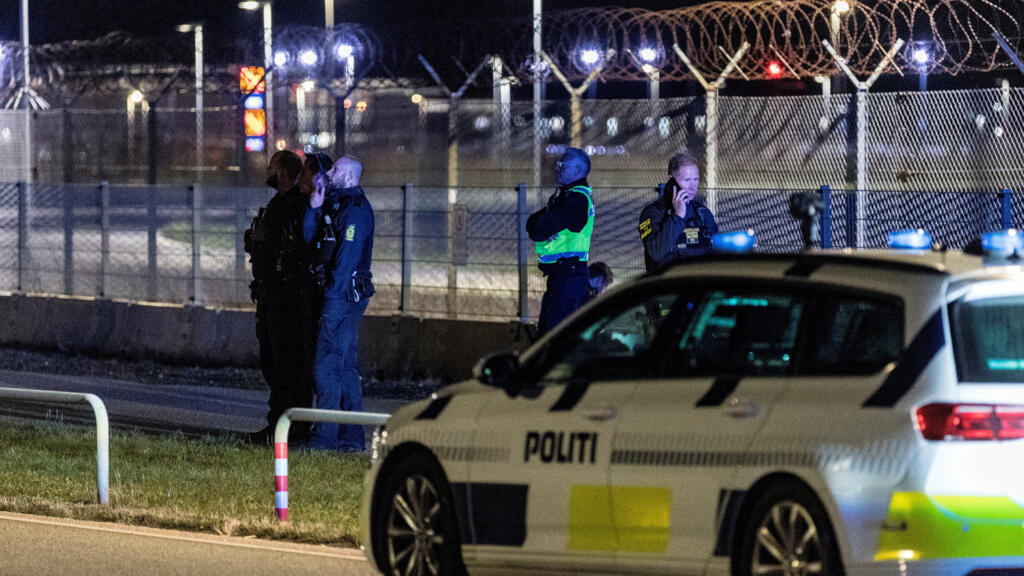Drone Activity Disrupts Air Travel in Denmark
On Wednesday night and early Thursday morning, unidentified drones were spotted over multiple airports in Denmark, including Aalborg, Esbjerg, Sonderborg, and Skrydstrup. This unsettling incident follows closely on the heels of significant drone-related disruptions that occurred just two days earlier, leading to the temporary closure of Copenhagen and Oslo airports.
The appearance of these drones has raised concerns regarding airspace security and the safety of air travel in Denmark. Authorities have not yet provided specifics on the identification of these drones or the individuals responsible for operating them. The spike in drone activity has prompted airport officials to heighten security measures and implement emergency protocols to ensure the safety of both passengers and aircraft.
Previous incidents have already highlighted the challenges posed by drone activity in airport environments. In light of this week's events, experts are calling for stricter regulations and better enforcement to prevent further occurrences. The disruptions caused by drones not only endanger aviation safety but also result in substantial economic impacts, including delays and cancellations that affect thousands of travelers.
In response to the drone sightings, airports are working closely with law enforcement agencies to investigate the incidents. Investigators aim to determine whether the drones were being flown recreationally, or if there was a more sinister intention behind their deployment. The outcome of these investigations may dictate future policies regarding drone operations, particularly near sensitive areas such as airports.
As authorities continue to address the situation, the implications extend beyond immediate safety concerns—urban planners and aviation regulators may need to consider implementing comprehensive drone management strategies. This could include designated flight zones for recreational drone use, as well as stricter penalties for unauthorized drone operation near airports.
The recent pattern of drone activity has sparked a wider conversation about the regulations governing drone use in Denmark and beyond. With the rapid increase in drone popularity for personal use, the importance of creating a safe and secure airspace has never been more critical. As the investigation unfolds, it remains to be seen how this will influence future legislation and enforcement efforts regarding unmanned aerial vehicles in busy air corridors.
Furthermore, the incidents serve as a reminder of the ongoing issue of drone safety and security in an increasingly drone-populated airspace. Aviation authorities are urged to take proactive measures to ensure that drone operators are aware of the regulations and the potential consequences of violating airspace laws. Enhanced public awareness campaigns could also play a crucial role in minimizing risks associated with drone use, particularly in proximity to airports.
Overall, the occurrence of drones over Aalborg, Esbjerg, Sonderborg, and Skrydstrup serves as a critical wake-up call for air travel security in Denmark. The need for immediate and effective action to address unauthorized drone activity is paramount to safeguarding the safety and efficiency of the nation’s airports.












